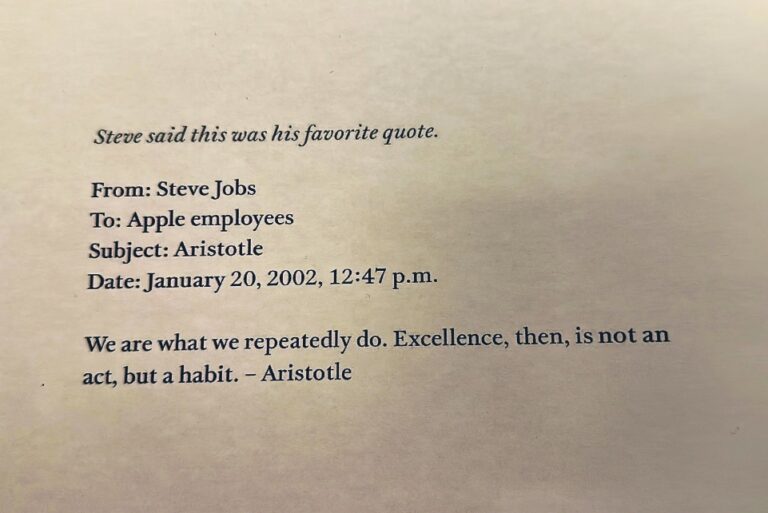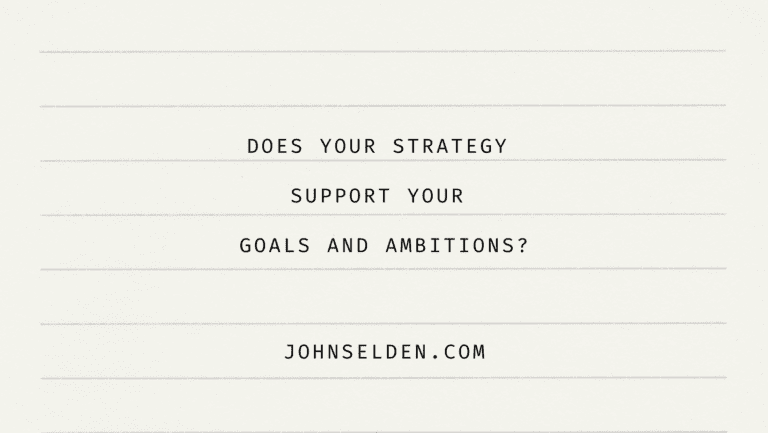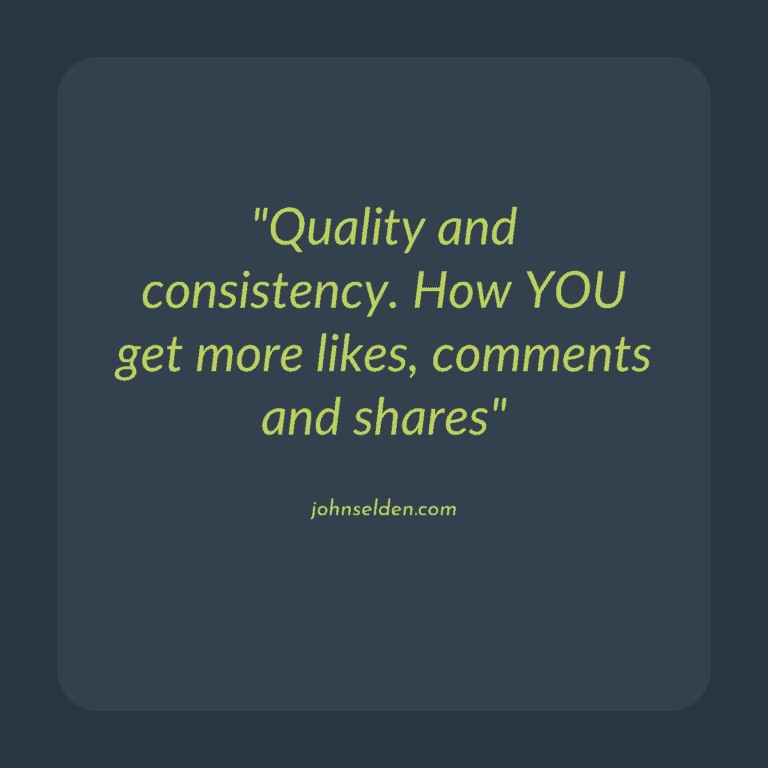Content Categories Enhances Your Content

Unlocking Content Variety
As content creators, we understand the importance of consistently delivering valuable content to our audience on LinkedIn.
But have you ever considered organising your content into distinct categories?
By creating 4 to 5 content categories, such as tips, insights, industry updates, and storytelling, we can provide structure to your work and ensure your audience knows what to expect.
What are the benefits of content categories and how can they enhance your LinkedIn strategy?
1. Clear Communication
Content categories act as signposts, guiding your audience through the diverse range of topics you cover.
By clearly defining your content categories, you provide a framework that helps your audience understand your intentions and what they can expect from your content.
This clarity enables them to choose the type of content that aligns with their interests and needs, resulting in a more engaged and satisfied audience.
2. Diversified Content Portfolio
Creating content categories allows you to diversify your content portfolio.
By offering a mix of tips, insights, industry updates, and storytelling, you cater to different preferences and learning styles.
Some of your audience members may prefer practical tips, while others might enjoy thought-provoking insights or compelling stories.
By providing content in various formats and categories, you create a well-rounded content experience that appeals to a broader audience.
3. Organised Content Creation
Content categories provide a structure for your content creation process.
Instead of staring at a blank page wondering what to write about, you can refer to your pre-established categories for inspiration.
Each category serves as a springboard, giving you a clear starting point and ensuring you consistently generate ideas across different themes.
This structure helps you maintain momentum in your content creation and alleviates the pressure of constantly coming up with new topics.
4. Building Trust and Expertise
Content categories allow you to establish yourself as an expert in your field.
When your audience sees that you consistently provide valuable insights, practical tips, and timely industry updates, they perceive you as a reliable source of information.
By showcasing your expertise across different categories, you build trust and credibility, positioning yourself as a go-to authority within your niche.
5. Audience Satisfaction and Retention
By offering a variety of content categories, you cater to the diverse needs and preferences of your audience.
Some may be seeking actionable tips to improve their skills, while others may be interested in staying updated with industry trends.
By consistently delivering content across multiple categories, you increase audience satisfaction, retain their attention, and encourage them to return for more.
Content categories are not rigid boundaries
They provide flexible frameworks that provide structure and variety.
Feel free to experiment, evolve, and introduce new categories as your content strategy evolves.
The key is to strike a balance between maintaining consistency within each category while allowing room for creativity and innovation.
So, let’s unlock the power of content categories on LinkedIn.
Define your 4 to 5 content categories, consistently deliver valuable content within each category, and provide your audience with a diverse and enriching content experience.
By doing so, you’ll engage your audience, build trust, and position yourself as a sought-after source of knowledge and insights.






